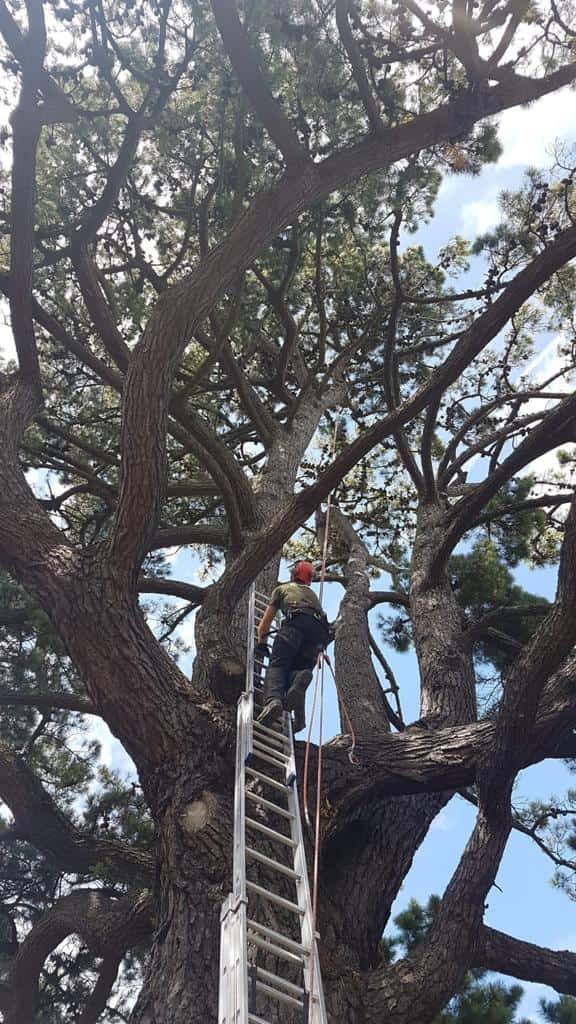Tree surgery is far more than simply cutting branches. It involves specialist techniques designed to improve tree health, maintain safety, and enhance the overall look of your landscape. At LM Tree Surgery Whiteley, we provide expert services in Whiteley, Hampshire, to help homeowners and businesses manage their trees with precision and care. Understanding the most common tree surgery techniques can help you decide which service is right for your property.
Crown Thinning
Crown thinning involves the selective removal of smaller branches throughout the canopy to reduce density without changing the overall shape of the tree. This technique is particularly useful for:
- Allowing more light to pass through the tree.
- Reducing wind resistance during storms.
- Maintaining the tree’s natural outline while improving balance.
By carefully thinning the crown, LM Tree Surgery Whiteley helps trees remain healthy, safe, and visually appealing.
Crown Reduction
Crown reduction is used when a tree has grown too large for its surroundings. This technique reduces the overall height or spread of the canopy by cutting back branches to suitable growth points. Benefits include:
- Preventing branches from interfering with buildings, wires, or neighbouring properties.
- Reducing the weight of heavy limbs that may otherwise split.
- Maintaining a safe distance between the tree and surrounding structures.
Unlike harmful topping, crown reduction retains the natural form of the tree while ensuring it remains manageable and safe.
Crown Lifting
Crown lifting is the removal of lower branches to create more clearance beneath the tree. This is often recommended when:
- Branches obstruct paths, driveways, or roadways.
- The tree prevents light reaching lower plants or lawns.
- A clearer line of sight or improved access is needed.
This technique enhances usability of outdoor spaces while protecting the health of the tree.
Pollarding
Pollarding is a more intensive pruning technique that involves cutting back a tree to promote controlled regrowth. It is often used for species that respond well to heavy pruning, such as willows or limes. Pollarding helps:
- Keep trees at a specific size.
- Encourage a dense, controlled canopy.
- Prevent trees from outgrowing their environment.
At LM Tree Surgery Whiteley, we only recommend pollarding where appropriate to ensure the tree remains healthy long-term.
Why Professional Tree Surgery Matters
Each of these techniques requires skill, knowledge, and the right tools. Incorrect cuts can leave trees vulnerable to disease, structural weakness, or decline. That’s why professional care from LM Tree Surgery Whiteley is essential. Our team assesses each tree individually, choosing the most suitable method to enhance its health and safety while maintaining natural beauty.
Conclusion
Tree surgery is not just about cutting back growth—it’s about applying the right techniques to support the health, safety, and aesthetics of your trees. Whether you need thinning for more light, reduction to manage size, or lifting for better clearance, LM Tree Surgery Whiteley in Whiteley, Hampshire, offers expert services tailored to your needs. With our professional care, your trees will remain strong, safe, and beautiful for years to come.
Call us on: 01489 359 894
Click here to find out more about LM Tree Surgery Whiteley
Click here to complete our contact form and see how we can help with your tree needs.

